Results 1,211 to 1,220 of 12094
Thread: Anandtech News
-
11-21-11, 05:30 PM #1211
Anandtech: Amazon's Silk Browser Acceleration Tested: Less Bandwidth Consumed, But Sl
We've been working on our Kindle Fire review over the weekend but I thought I'd break out a particularly interesting section of the review for release a bit early. At its launch Amazon introduced a new web browser called Silk.
Silk is yet-another-webkit based browser with all of the usual features: tabbed browsing, Flash support, integrated search/URL bar, etc... What makes Silk unique is its ability to funnel your web requests through Amazon's Web Services (AWS) cloud. A typical load of AnandTech.com pulls content from thirteen different hosts. Each host is contacted, the request acknowledged and then data is exchanged between it and your browser.
Amazon believes that this is an inefficient way of loading a web page. With Silk, the request is sent to Amazon's cloud, where Amazon's servers retrieve (and cache) all of the elements of the web page and deliver the result to you directly.
Amazon claims the cloud-side caching can improve performance, however I was skeptical of this claim. A huge portion of web page loading on smartphone platforms is actually CPU bound. It's why you notice a performance difference when you upgrade from a two year old smartphone to a modern day model, even if both were running the same OS. The parts of the loading process that aren't CPU bound are typically limited by the speed of the cellular network you're on. AT&T's 3G at my house tops out at 3Mbps, but more frequently than not it's down in the 1 - 2Mbps range. Things are even worse on Verizon's EVDO network where I get sub 1Mbps speeds. Consolidating network access on a cellular network seems to make sense, there's just one problem: the Kindle Fire was launched as a WiFi only model.
Curious to measure the impact of Amazon's cloud-side caching, I did a bunch of benchmarking on the Kindle Fire. Read on for the results...
More...
-
11-21-11, 08:10 PM #1212
Anandtech: Game Review: Minecraft (PC)
Minecraft, the world building game from independent developer Mojang, finally came out of a lengthy beta last week. It's difficult to adequately review a game that has been playable for so long - sales passed four million recently - but this is an important game, not least because it demonstrates the continued health of the PC as a gaming platform. Read on for our thoughts on Minecraft 1.0.
More...
-
11-21-11, 09:00 PM #1213
Anandtech: AOC Aire Pro: 23-inch IPS HD Display for Under $200
We've gotten our hands on plenty of IPS displays, but we've never seen one break that magic $200 barrier. AOC isn't a display manufacturer we've reviewed before, so we'll be very interested to see what kind of performance they have to offer, based on specs alone this could be a very compelling product. The 23-inch IPS panel, offering the de facto 1080p resolution, is clad in a 9.2 mm thick body accented with a brushed aluminum bezel and sports 2 HDMI ports around back along with a pair of speakers. Backlighting is provided by WLED, lending the display that outlandish 50,000,000:1 dynamic contrast ratio and the more typical 250 nits of brightness. TigerDirect will be featuring this display for that surprising $199 price, and availability is now so if you're looking for a display bargain, this might be the one for you. We're still holding out for the 4K version.
More...
-
11-21-11, 11:10 PM #1214
Anandtech: Toshiba DX735 All-in-One: Notebooks Without Batteries
So far we've tested HP's TouchSmart 610 all-in-one and Dell's Inspiron One all-in-one, and in both cases we've found things to like along with aspects that left us wanting. Today we have on hand Toshiba's DX735 in its least expensive configuration. Starting at under a grand, the DX735 at least superficially suggests a design that's more focused, more streamlined, and less schizophrenic than the competition. Did Toshiba do right where the others stumbled, or is the DX735 just another case of too many compromises?
More...
-
11-22-11, 08:50 AM #1215
Anandtech: NVIDIA Demos Ice Cream Sandwich Running on ASUS Transformer Prime
Two days after the public release of Android 4.0.1 (Ice Cream Sandwich), NVIDIA had it up and running on ASUS' announced but not-yet-released Eee Pad Transformer Prime. NVIDIA sent along a video as proof. The usual big-company red tape kept the video from being released until now. There's not too much we can learn from the video other than the OS is up and running on Tegra 3, and the UI seems to be reasonably quick.
Keep in mind the act of porting Ice Cream Sandwich (ICS) to a platform similar to one that already runs Honeycomb isn't that big of a deal. It's the optimization, driver work and bug hunting that will occupy the majority of the coming weeks for companies looking to get ICS running on their hardware.
This video doesn't change the launch plans for ASUS' Eee Pad Transformer Prime: it will still launch (and be reviewed with) Honeycomb.
I've also heard ICS is up and running on Tegra 2, although obviously not featured here. The priority for everyone (read: OEMs) right now is the latest and greatest, but given the similarities between Tegra 2 and Tegra 3, I wouldn't expect the former to be too far behind.
More...
-
11-22-11, 10:10 AM #1216
Anandtech: Windows 8 to Feature Streamlined Downloadable Installer
As with every new Windows version, Microsoft is streamlining the Windows setup process, writes Christa St. Pierre on the Building Windows 8 Blog. The biggest change is the new online installer for Windows, which can download the installation media directly from Microsoft's servers and install the operating system without so much as bothering the user for a product key (for upgrade installs). Those wanting to do clean or advanced installs will be given the optionr to copy the installation files to a DVD or USB drive.
Windows 8 will further streamline the upgrade process by folding both the Windows Upgrade Advisor, which scans your computer for hardware and software and checks its compatibility with Windows 8, and Windows Easy Transfer, which allows easy and granular controls for backing up and restoring files and settings, into the Windows installer, rather than keeping them as separate applications. The new installer will be able to upgrade OSes as old as Windows XP (which will preserve only user data), though users upgrading from Windows Vista or Windows 7 will also be given the option to preserve Windows settings and applications, respectively.
Lastly, Microsoft has made changes to how the upgrade install works with user files to reduce the amount of time taken. Previous installers would move user files to a temporary location, install the OS, and then move them back. The Windows 8 installer reduces the number of file moves, and uses "hard links" to files to change their location in the file structure without physically moving the data around. Microsoft's graph below shows a drastic reduction in time for an upgrade install under Windows 8.
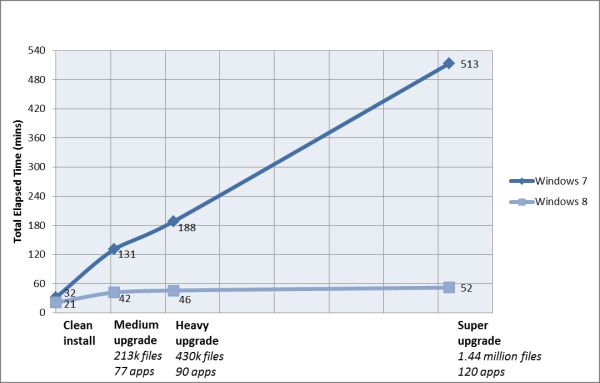
For those of you who prefer boxed software, Microsoft will continue to sell boxed copies of Windows on DVD. Users who initiate the install by booting from a DVD or USB drive will continue to see more advanced options for performing clean installs and partitioning disks. Enterprise administrators and power users who need more customization options can continue to use Microsoft suite of deployment tools (now called the Windows Assessment and Deployment Kit, or ADK).
For more details, check out the post at the Building Windows 8 Blog.
Source: Building Windows 8 Blog
More...
-
11-22-11, 11:10 AM #1217
Anandtech: OCZ's Octane: Initial Performance Results
Last month OCZ finally unveiled the fruits of its Indilinx acquisition: the OCZ Octane SSD. Based on the Indilinx Everest platform, the Octane was to be OCZ's more affordable high-performance SSD. The drive will be available in two versions: 3Gbps (async NAND), and 6Gbps (sync NAND). Capacities start at 128GB and go all the way up to 1TB.
The drive was originally supposed to be available in the channel starting on November 1st. OCZ delayed the launch in order to get some additional testing under its belts. Given the not too distant memories of the infamous SF-2281 BSOD issue, the additional validation time is definitely appreciated.
We just got our review sample yesterday and we won't be able to share the complete review with you all until tomorrow morning. To tide you over however I convinced OCZ to let me share one benchmark graph with you:
In our Heavy 2011 suite the 512GB Octane does very well, hot on the heels of the SF-2281 based Vertex 3. It's actually beyond impressive that OCZ was able to ressurect Indilinx's seemingy dead controller project and turn it into something that can at least (on the surface) hang with the big boys. I have a lot more testing ahead of me before I can really characterize the drive's performance, but this is a very good start.
OCZ is touting incompressible performance as a major advantage of the Octane over its Vertex 3/Agility 3 drives. The controller is more traditional in the sense that it doesn't do any real time data deduplication/compression. The drive's performance is data agnostic, similar to drives from Intel, Crucial, Samsung, etc...
Inside the chassis we get a look at the drive's Indilinx controller and 512MB (2 x 256MB) DRAM cache. Our 512GB sample features sixteen 32GB Intel 25nm NAND packages, each with four die per package.
Check back tomorrow morning for the review!
More...
-
11-22-11, 01:40 PM #1218
Anandtech: Origin PC Offers Ready-To-Ship Gaming System
We've only had the opportunity to look at one Origin PC so far, and while the performance was impressive the packaging was equally so—Dustin had to struggle to get the large wooden crate into his place. Origin does have some seriously high-end (almost ludicrously so) PCs that you can put together if you're willing to shell out, but some people just want a reasonably high-end PC that's ready to go with a minimum of fuss. And if you're thinking of getting something for the holiday season, a ready-to-ship system could be exactly what you need. Enter the Origin Millennium RTS.
Origin states that it will ship within one day of your payment being processed, and what you'll get is a pretty high-end setup ready to run all the latest and greatest games. Here's a quick rundown of the specs—the only area you can customize on the RTS build is the warranty.
If you're like me, the first thing you're going to do when you see the above list is to go spec out how much it would cost you to put everything together yourself. Never fear, I have already done that (substituting the Corsair H80 for the Origin cooler, as that seems to be similar), and my total price for the parts comes to $1,675, plus around $30 for shipping (with pricing predominantly coming from Newegg, linked for your convenience).Origin Millennium RTS Specifications Chassis Bitfenix Shinobi Red/Black
Noiseblocker fansProcessor Intel Core i5-2500K overclocked to 4.0-4.5GHz Cooling Origin Frostbyte 120 Sealed Liquid Cooling Motherboard ASUS P8P67 Pro B3 stepping Memory 2x4GB Corsair Vengeance DDR3-1600 Graphics NVIDIA GeForce GTX 580 1.5GB GDDR5 Power Supply Corsair 1050W HX1050 Storage Corsair Force 3 120GB SATA 6Gbps SSD Optical Drive 24x CDRW/DVDRW Networking Onboard Gigabit Ethernet Audio Onboard Realtek ALC892 HD Audio Operating System Windows 7 Home Premium 64-bit Warranty Standard 1-year part replacement
45 day free shipping
Lifetime phone support
DVD image
Upgrade to 1-, 2-, or 3-year warranty with free shippingPricing $1,799 online, ships in one day from payment processing
We might have a few quibbles with the parts selection—specifically, I'd like to see a large secondary HDD included, and while the Bitfenix Shinobi is a good case I'd be more inclined to go with a Fractal Design Define R3 personally—but overall this is a beefy gaming system priced just $100 over what it would cost for me to put together the same system. In fact, my own gaming/work PC is running a stock GTX 580 with a Core i7 CPU, and even with a 30" LCD I've found that the GTX 580 is able to handle nearly every game I've got at near-maximum details. Given that my time (and your time) isn't free, if you're happy with the part selections and you want your new gaming system ASAP, we have no qualms about recommending Origin's latest offering.
More...
-
11-23-11, 12:20 AM #1219
Anandtech: Toshiba Qosmio F755-3D290: Glasses-Free 3D?
Way back in the dark ages of CES 2011, we were able to lay hands on and play with some interesting new technology from Toshiba. They had a prototype notebook on hand that was capable of glasses-free 3D similar to the Nintendo 3DS, but with a bigger screen and the ability to track head movement and adjust viewing angles accordingly. Yet the release of this 3D notebook has been an unusually quiet one. Is the 15-inch Qosmio F755 a sound design, or is there a reason why it's been unceremoniously dropped into the marketplace? Let's find out.
More...
-
11-23-11, 11:10 AM #1220
Anandtech: The OCZ Octane Review (512GB)
I have to hand it to OCZ's CEO, Ryan Petersen, I never thought he'd turn the company around in the way that he did. When I first met Ryan around a decade ago, he wanted to know why I wouldn't allow him to advertise OCZ on AnandTech. The company at that time had an extremely bad reputation. It was among the worst I'd ever seen. It was so bad that not only would we not review their products (memory, at the time) but I wouldn't allow OCZ ads to run on the site. Although all advertising on AnandTech is handled through a third party, I still have the ultimate say on what ends up on the site. Back then, OCZ wasn't allowed.
Having just taken over the company, Ryan was eager to know what he had to change to fix OCZ's reputation. I gave him a long list of issues to address. Most of my suggestions were obvious, just to go above and beyond the call of duty in taking care of his customers and our readers. He agreed to do everything on the list, with one exception. I told him that if he really wanted to succeed, he needed to abandon the OCZ name and start fresh. He told me that he didn't believe it was necessary. We agreed to disagree.
I remember leaving that meeting thinking that Ryan didn't stand a chance. Memory companies were a dime a dozen. Differentiation was bordering on impossible. Having to overcome a bad reputation on top of that didn't make things any easier.
Ryan is headstrong. He'll sow a bunch of seed with the hopes of seeing just one blade of grass grow. I consider myself an optimist, but he's a different breed of one. He's had his share of failures over the years. Remember the OCZ brain mouse? The foray into notebook PCs? No one ever succeeded without trying.
Since then OCZ has abandoned memory altogether. It focuses on two product lines: power supplies and SSDs, the latter making up the bulk of its revenue. And earlier this year, OCZ bought one of the first high-performance SSD controller manufacturers - Indilinx.
OCZ's strategy there didn't make sense to me. I knew Ryan wanted to buy SandForce, but SF was too expensive. I asked Ryan why bother with Indilinx if what he really wanted was SandForce? He told me that the best way to drive the price down on SF was to buy Indilinx. It didn't add up until now.
Ryan took a big risk on Indilinx. They had a promising controller in 2009 and he bought up the bulk of what they could make in exchange for exclusivity rights. OCZ made Indilinx, and Indilinx made OCZ. As Indilinx began courting more vendors, OCZ went after SandForce. As soon as a first generation controller was ready, OCZ began shifting its volume from Indilinx to SandForce. More partners stepped up to fill the gap left by OCZ, but by then no one wanted Indilinx - they wanted SandForce based drives.
Simultaneously (perhaps a result?) Indilinx's execution suffered, the stumble was irrecoverable. The value of Indilinx went down, and Ryan got the company for cheap.
I can only assume the strategy was to rinse and repeat. I had heard rumors of OCZ working on its own controller for the past two years. The Indilinx acquisition sped things up considerably. If the Indilinx solution was good enough, OCZ would shift its volume away from SandForce to its own controller. Starve SandForce and swoop back in later to buy them at a more reasonable price. Competition makes for competitive prices on both sides of the fence it seems.
Things of course didn't work out that way. OCZ took a while to get its own controller design done and it was still very dependent on SandForce. At the same time, SandForce had diversified its portfolio. Since the announcement of the Indilinx acquisition, SandForce brought on a number of new partners to sell its drives. Even Kingston signed up. Finally, LSI agreed to purchase SandForce at a number well in the range of what SF was looking to sell for.
The situation didn't play out exactly how Ryan had hoped, I'm sure. But the result actually isn't all that bad. LSI has no intentions of stopping its supply of SandForce controllers to OCZ (or other partners), and all of the work OCZ put into its own controller finally paid off. Personally, it's hard to believe that I'm writing about the company I once advised to completely abandon their brand. Furthermore, I'm not just writing about them, but I'm writing about their first in-house SSD controller. This is our review of the Indilinx Everest based OCZ Octane, read on!
More...
Thread Information
Users Browsing this Thread
There are currently 6 users browsing this thread. (0 members and 6 guests)




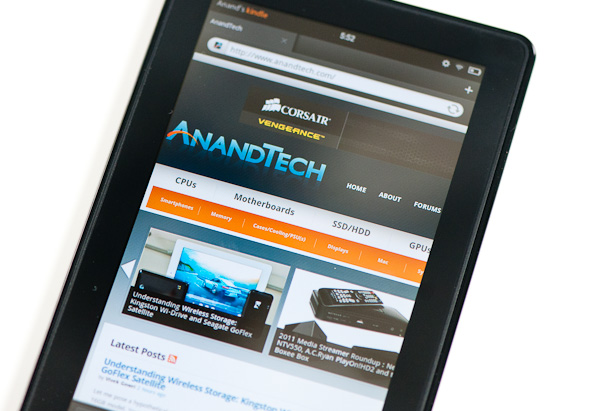

 Quote
Quote


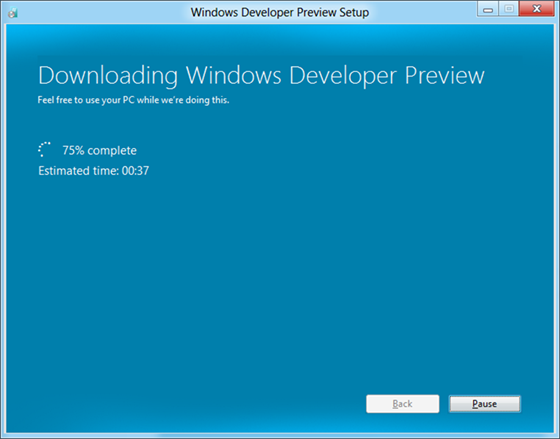


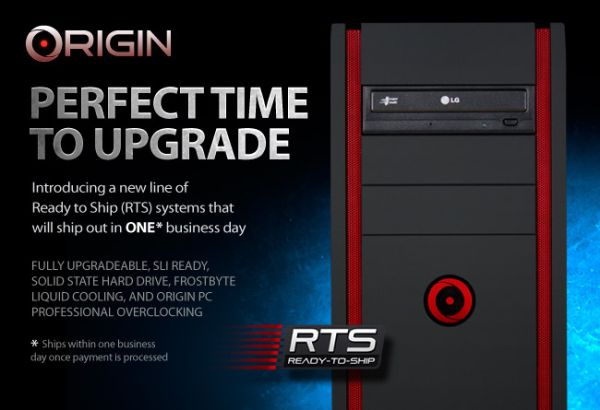

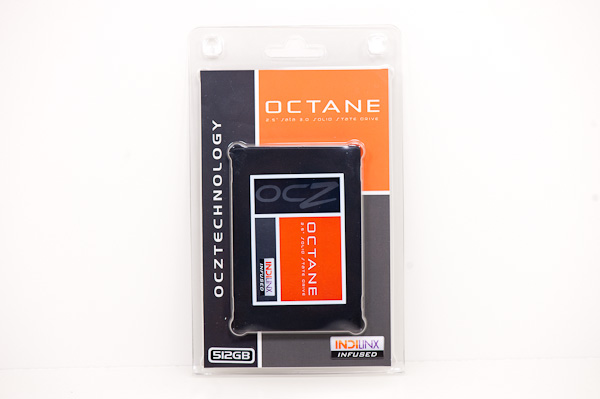
















Bookmarks